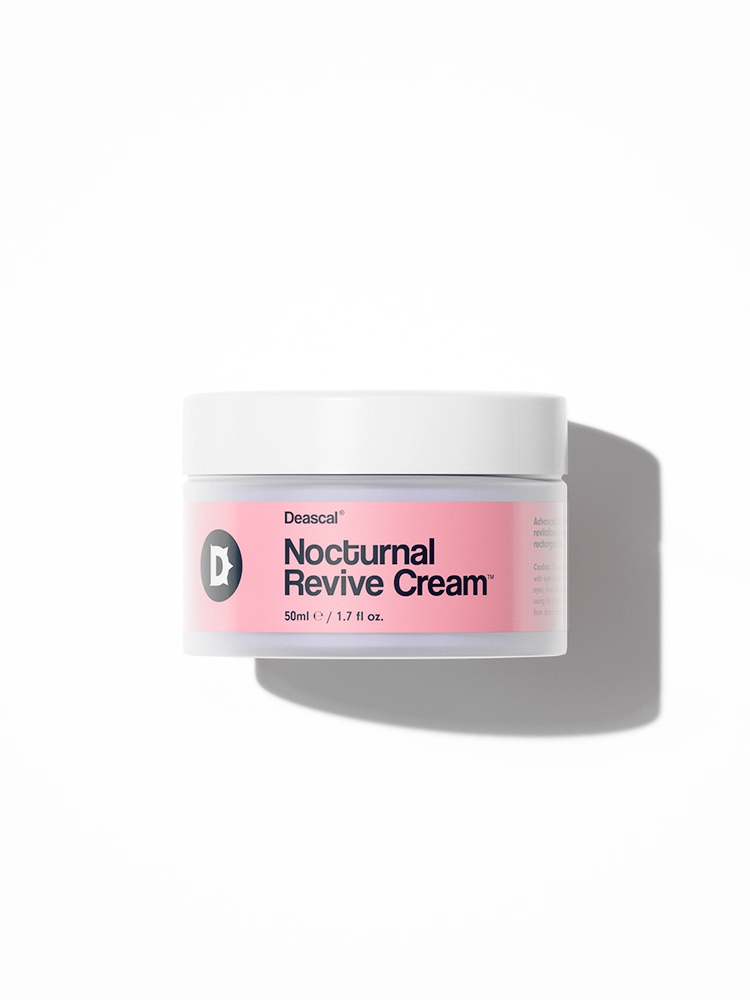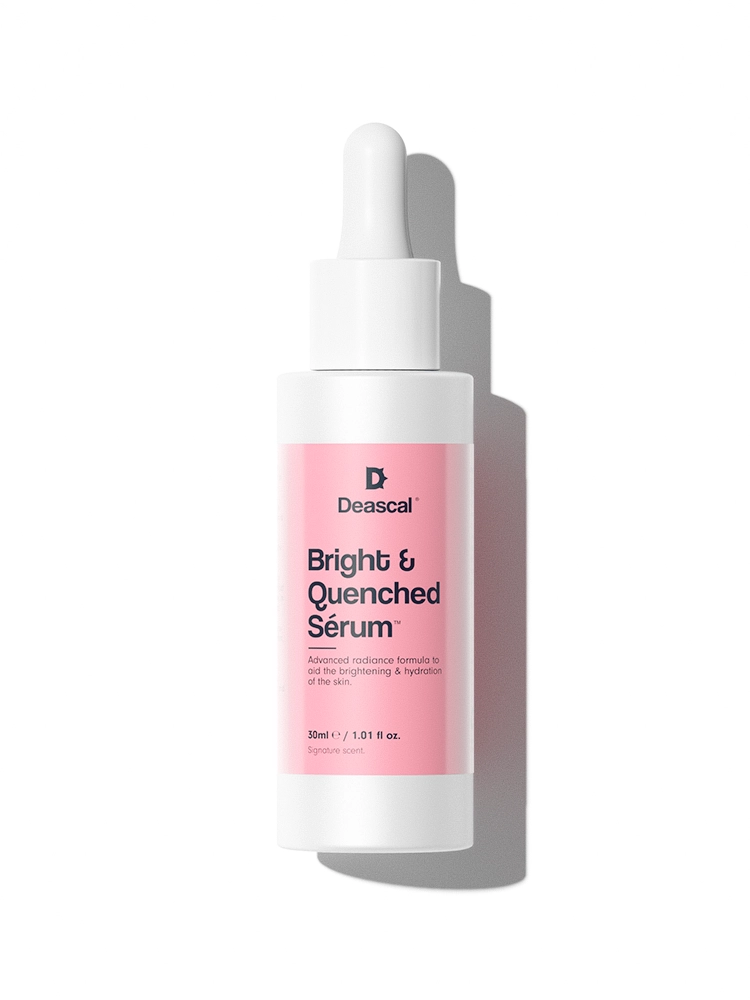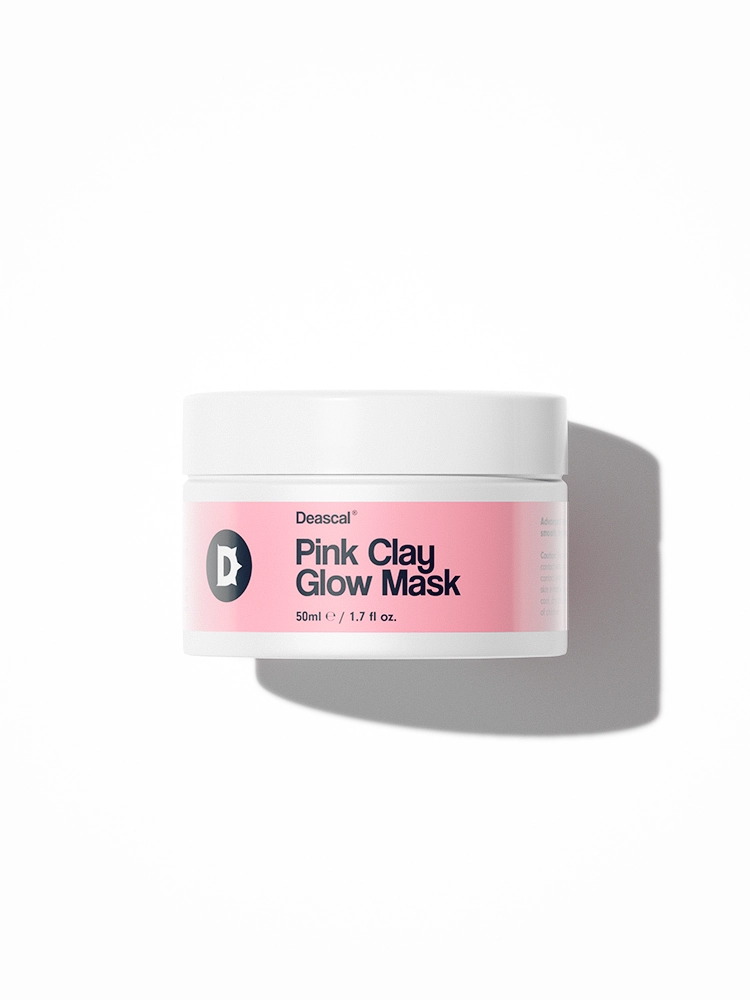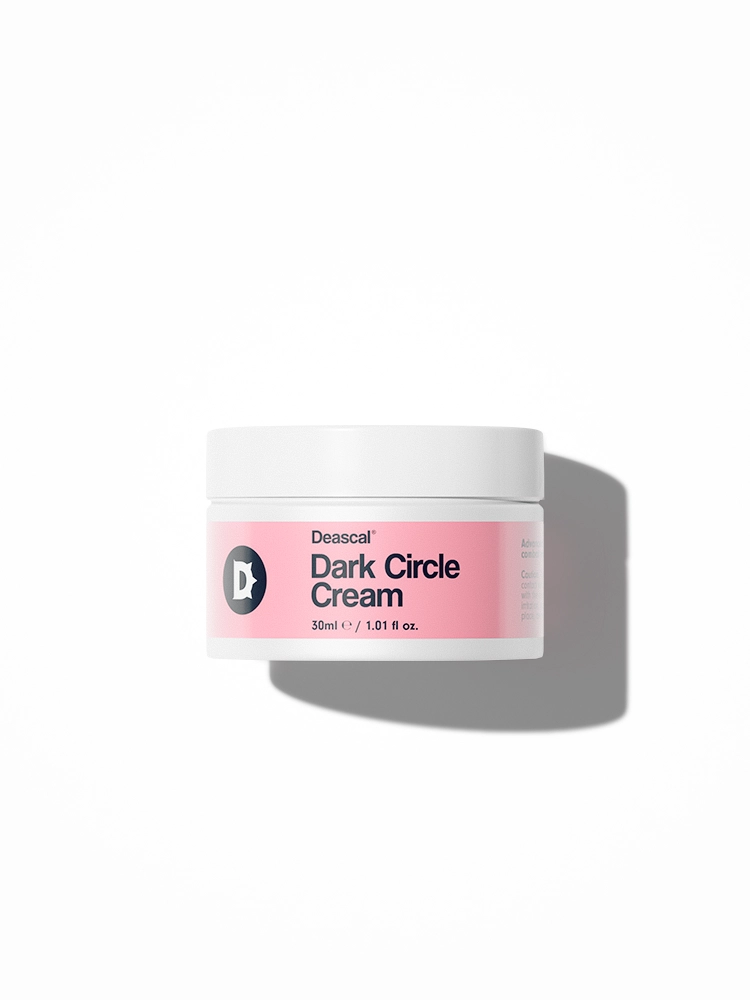What is Glucosamine Ascorbate?
Glucosamine Ascorbate, also known as the ascorbic acid salt of glucosamine, is a compound that combines the properties of glucosamine and ascorbic acid (vitamin C). In the realm of cosmetics, this ingredient is primarily sourced from marine or animal cartilage, although it can also be synthesized in laboratories to ensure purity and consistency. Chemically, it is composed of glucosamine, an amino sugar, and ascorbic acid, a potent antioxidant.
The use of glucosamine ascorbate in cosmetics has a relatively recent history. Initially, glucosamine was primarily recognized for its role in joint health supplements. However, as research into its properties expanded, scientists discovered its potential benefits for skin health. The combination with ascorbic acid was a natural progression, given vitamin C’s well-documented benefits for skin, including its role in collagen synthesis and antioxidant protection.
The production of glucosamine ascorbate typically involves the extraction of glucosamine from natural sources, followed by its reaction with ascorbic acid to form the salt. This process ensures that the resulting compound retains the beneficial properties of both components, making it a valuable addition to skincare formulations.
The Benefits/Uses of Glucosamine Ascorbate
In this section, we will delve into the officially recognized cosmetic benefits and uses of Glucosamine Ascorbate:
Skin Conditioning
Glucosamine Ascorbate is primarily known for its skin conditioning properties. This means it helps to maintain the skin in good condition by improving its appearance and texture. When used in cosmetic formulations, it can help to keep the skin soft, smooth, and healthy-looking. This is particularly beneficial for individuals with dry or rough skin, as it can provide the necessary hydration and nourishment to restore a more youthful and radiant complexion.
Note: The listed benefits above are exclusively based on the officially recognized and defined functions of the ingredient, as documented by the International Nomenclature of Cosmetic Ingredients (INCI).
Potential Side Effects & Other Considerations
Glucosamine Ascorbate is generally considered safe for topical application in cosmetic products. However, as with any skincare ingredient, there are potential side effects and considerations to keep in mind.
- Skin irritation
- Redness
- Itching
- Allergic reactions
Regarding individuals who are pregnant or breastfeeding, data and research on the topical usage of Glucosamine Ascorbate during pregnancy and breastfeeding are lacking. Therefore, it is advisable for these individuals to consult a healthcare professional for further advice before using products containing this ingredient.
Adverse reactions to Glucosamine Ascorbate are relatively uncommon, but they can occur. To minimize the risk of irritation or allergic reactions, it is recommended to perform a patch test before widespread usage.
On the comedogenicity scale, Glucosamine Ascorbate is rated at 1, meaning it is considered to be minimally comedogenic. This low rating suggests that it is unlikely to clog pores or cause acne, making it suitable for individuals prone to blemishes or breakouts.




